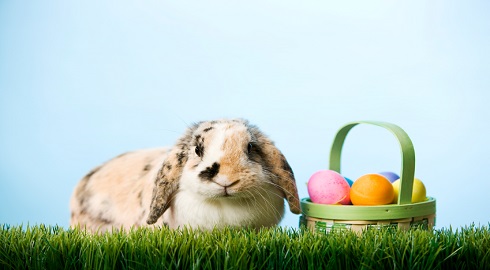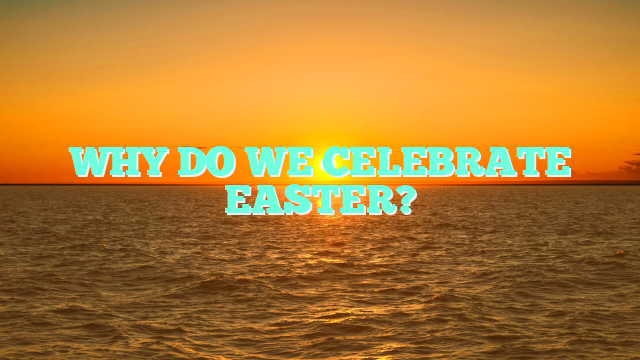WHY DO WE CELEBRATE EASTER?
aster, also called Resurrection Day, is a holiday. Devotees of Christianity commemorate the return of Jesus Christ from the dead, and in fact, they consider it the holiest day of the year in the history of Easter. On the other hand, those who are not Christians celebrate the beginning of spring during the same day.
Search by subject

Here are some easter facts, annually, the festivities do not coincide on the same date. The Christian churches carry out the calculation based on the first full moon after the spring equinox and establish the following Sunday to celebrate the Passover. This means that it can happen between March 22 and April 25, since Western temples, like the Roman Catholic Church, use the Gregorian calendar; whereas the Eastern sanctuaries, like the Eastern Orthodox Church, use the Julian calendar. In 2015, Easter will be on April 5.
The Easter festivities are different in northern Europe and the United States, and most have nothing to do with the Christian meaning of the date. These celebrations are more related to the pagan festivals of ancient Germany, and children often receive baskets full of sweets. They also decorate eggs that adults hide so that the little ones in the house can find them. People wear new clothes and go to church, and they exchange greeting cards.
Generally, in the United States spring break occurs during the Easter season, a period is known among high school and university students as “Spring Break”. It is common to see crowded beaches of teenagers and young people enjoying a well-deserved rest.
Fun facts & what is the easter egg
- Easter is the Christian holiday that celebrates the resurrection of Jesus Christ and his promise of eternal life.
- It is believed that the word “Easter” comes from the pagan festival in honor of Eostre, goddess of spring, who symbolized rebirth.
- Others think that its origin is the German word eostarun , which means “dawn” and “white”.
- In several Latin American countries, Easter is celebrated at the end of Lent, on the last day of Holy Week.
- Holy Week begins with Palm Sunday, Holy Thursday celebrates the day of the Last Supper, Good Friday remembers the day of the crucifixion of Jesus and culminates on Easter Sunday or Easter celebration.
- It is not allowed to eat products of animal origin during Lent, including eggs. That’s why during Easter, there were always plenty of eggs to spare.
- With the importance of easter, the traditional word for painting Easter eggs is “pysanka”.
- The exchange of painted eggs began in ancient civilizations, such as the Egyptians and the Persians. It was made as a symbol of fertility and new life.
- Rabbits and hares were also symbols of fertility.
- The idea of the Easter Bunny originated in Germany and was brought to the United States by German immigrants who settled in Pennsylvania in the 1700s.
- The Germans believed that the Easter Bunny was a white hare that would leave colored eggs for good children on Easter morning. The children built nests with sticks and leaves outside, and that’s how the first search began.
- The first edible Easter bunnies were made in Germany in the early 1800s.
- Easter is the second largest party where sweets are consumed. Halloween is the first.
- 90 million chocolate Easter bunnies are made for Easter, since the easter origin.
- Each year, there is a Great Hunt for Easter Eggs in the White House in Washington DC. The first time it was made was in 1878.
